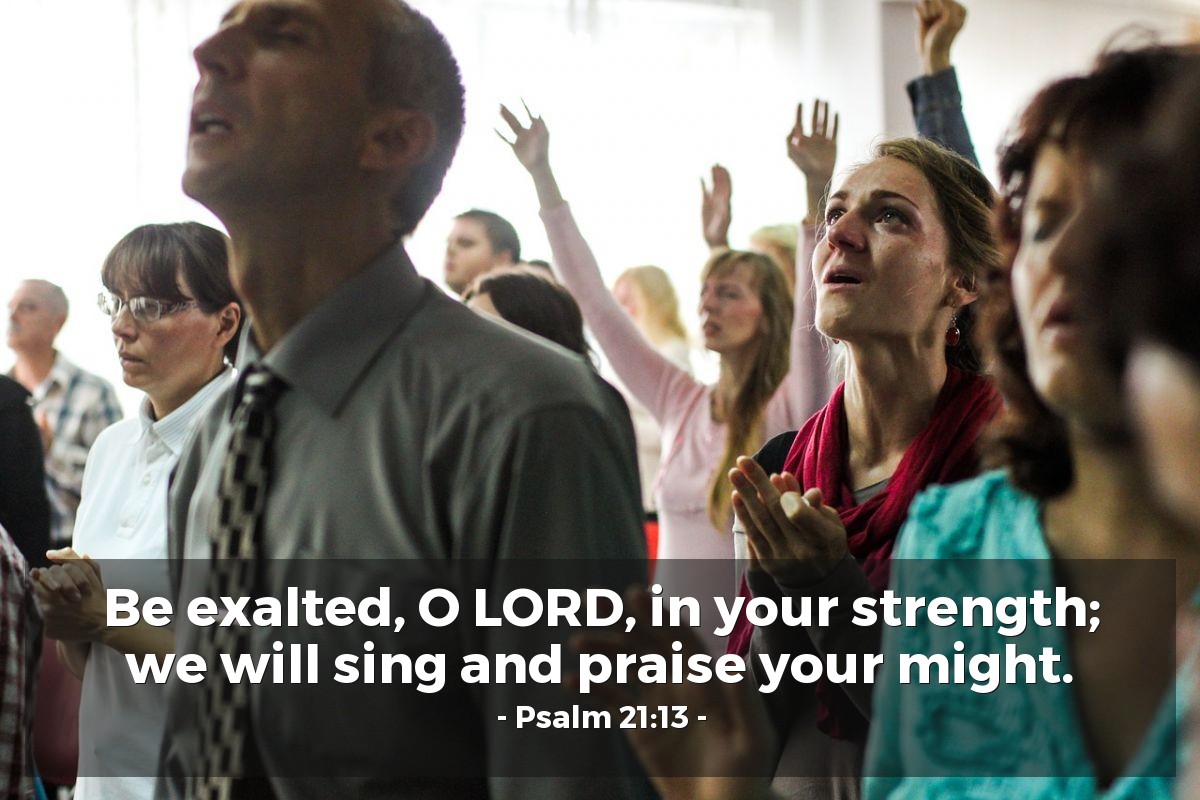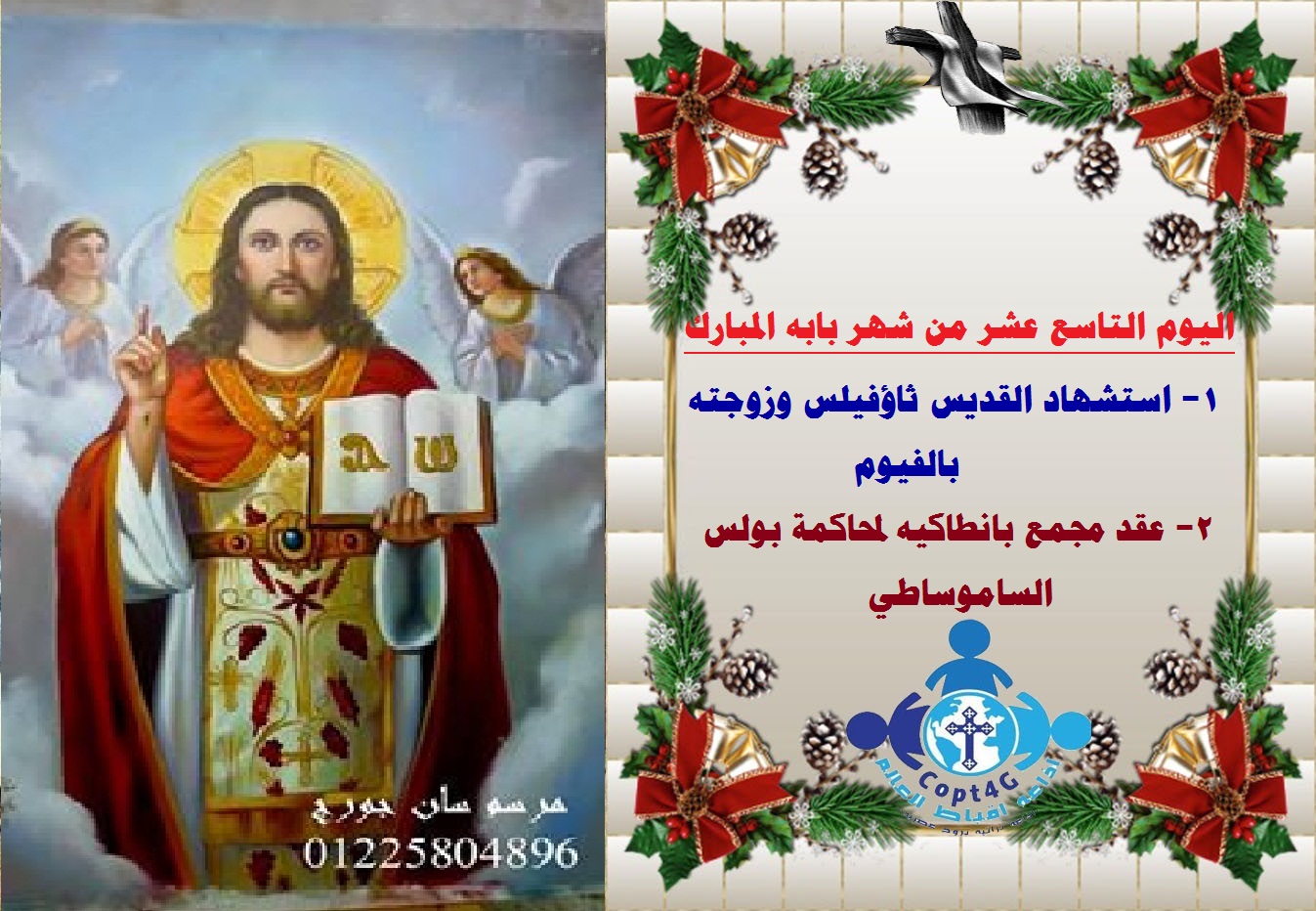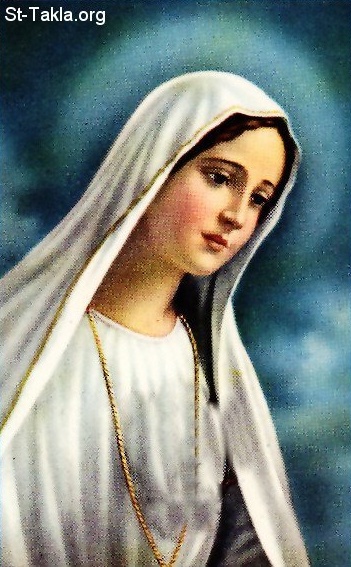
What is our role in the grand scheme of things? In Psalm 21, the Spirit emphasizes our importance as God's "cheerleaders." We ask God to reveal himself in glory. We urge God to make his strength known to all people. We marvel in amazement at his great deeds. We praise God for all the incredible things he has done for us.

Day 19 of the Blessed Coptic Month of Babah, may God make it always received, year after year, with reassurance and tranquility, while our sins after forgiven by the tender mercies of our God my fathers and brothers.
Amen.
The Nineteenth Day of the Blessed Month of Babah
Assembly of a Council in Antioch for Paul of Samosat
On this day of the year 280 A.D. a Holy Council assembled in an Antiochian church to judge Paul of Samosat. He was a native of Samosat, and he was chosen a Patriarch of Antioch. Satan sowed in his mind the belief that the Lord Christ was a simple, ordinary man whom God had created and chosen to redeem the human beings; and that Christ was entirely Mary's offspring and that Divinity did not unite with Jesus but joined Him by the will only and that God is one person, so he did not believe in the Son or the Holy Spirit. Because of him, a council assembled in the city of Antioch during the reign of Emperor Valerian and the papacy of Abba Dionysius, fourteenth Pope of Alexandria, which was forty-five years before the Council of Nicea. Because Abba Dionysius was old, he was not able to convene with them, so he wrote a letter stating the belief that the Lord Christ is the Word of God, and His Son, and is equal to Him in essence, in divinity and in being eternal. The Holy Trinity is Three Persons by character, in one God-head. One Person of the Trinity is the Son incarnated and became a complete man having one nature. Abba Dionysius testified concerning these things using many testimonies from the Old and the New Testaments and he sent this letter with two priests of the church scholars. Thirteen bishops and the two priests assembled in that council. They brought that Paul and asked him about the heresy that he was teaching. He declared it to them and did not deny anything. They debated the matter with him and read to him the letter of Abba Dionysius and made him listen to what the Apostles said about the Lord Christ the Word of God that He is, "The brightness of His glory. And the express image of His person." (Hebrews 1:3) But he did not accept their words, and he would not turn from his infidel opinion. They excommunicated him, and all those who believed his words, and they exiled him. The fathers put forth the Canons, which are still in the hands of the believers who follow them to this day.
May their prayers and blessings be with us all. Amen.
Martyrdom of St.Theophilus and His Wife in Fayyum
On this day also was the martyrdom of St. Theophilus and his wife in Fayyum in the days of Emperor Diocletian the infidel. Some brought accusation against them before the Governor of being Christians. The Governor brought them and questioned them. They confessed our Lord Christ, to Him is the glory, before him. He commanded that a deep pit be dug for them, that they be cast into it, and covered by stones. They did so and St. Theophilus and his wife received the crown of martyrdom.
May their prayers and blessings be with us all, and Glory be to God forever. Amen.

I think Christians of the first thousand years understood Mary as the feminine incarnation on an intuitive and allegorical level. But by the time of the much-needed Protestant Reformation, all we could see was “She is not God.” This is entirely true, but we lost the ability to see in wholes and understand that, even better, “She is us!” That is why we loved her, probably without fully understanding why.
Much of the human race can more easily imagine unconditional love coming from the feminine and the maternal than from a man. In the many images of Mary, humans see our own feminine soul. We needed to see ourselves in her, and say with her, “God has looked upon me in my lowliness. From now on, all generations will call me blessed” (Luke 1:48).
If Christ and Jesus are the archetypes of what God is doing, Mary is the archetype of how to receive what God is doing and hand it on to others. In art, she is invariably offering Jesus to the observer or inviting us to come to him. We Catholics used to say “To Jesus through Mary” in the 1950s. It was poor theology but very effective psychology and pedagogy for many.
In Mary, humanity has said our eternal yes to God. A yes that cannot be undone. A corporate yes that overrides our many noes. This is why Mary was commonly called the “New Eve” who undid the corporate no of the first Eve and is often pictured in art stepping on the snake that tempted Eve (Genesis 3:15).
Today we are witnessing an immense longing for relational, mutually empowering feminine qualities at every level of our society—from our politics, to our economics, in our psyche, our cultures, our patterns of leadership, and our theologies, all of which have become far too warlike, competitive, individualistic, mechanistic, and non-contemplative. We are terribly imbalanced.
Unfortunately, the feminine has often had to work in secret, behind the scenes, indirectly. It’s to the church and culture’s own detriment that women haven’t been recognized as leaders. Yet they have still had a profound effect. We see Mary’s subtlety of grace, patience, and humility when she quietly says at the wedding feast of Cana, “They have no wine” (John 2:3b), and then seems totally assured that Jesus will take it from there (John 2:5). And he does!
Like the Christ Mystery itself, the deep feminine often works underground and in the shadows, and—from that position—creates a much more intoxicating message. While church and culture have often denied women roles, offices, and formal authority, the Divine Feminine has continued to exercise incredible power at the cosmic and personal levels. Many of us in the U.S. Catholic Church feel that the culture of faith was passed onto us much more from the sisters than from the priests. Feminine power is deeply relational and symbolic—and thus transformative—in ways that many men cannot control or even understand. I suspect that is why we fear it so much.
Reference:
Adapted from Richard Rohr, The Universal Christ: How a Forgotten Reality Can Change Everything We See, Hope For, and Believe (Convergent: 2019), 124, 127-128.


